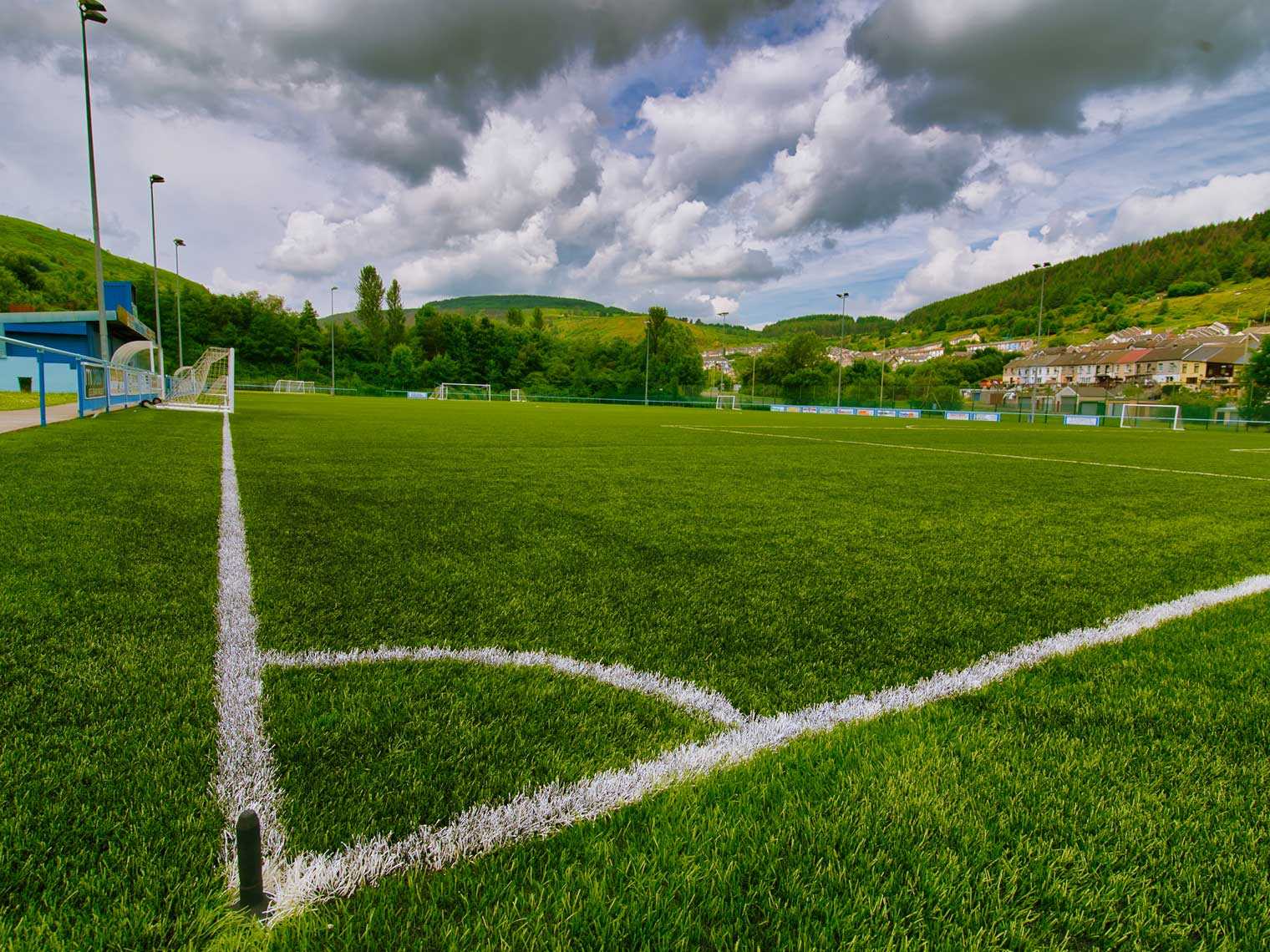The Benefits of Natural Grass vs. Artificial Turf for Athletic Fields
Choosing between natural grass vs artificial turf is one of the biggest decisions when it comes to building an athletic field. And while artificial turf fields have come a long way, natural grass still offers advantages that synthetic surfaces simply can’t match. From player safety to sustainability, there are plenty of reasons natural grass athletic fields continue to stand out—and why so many teams, schools, and communities still prefer the real thing.
Here’s a closer look at why natural grass remains the gold standard for athletic fields.
Natural Grass Is Easier on Athletes’ Bodies
One of the biggest reasons natural grass wins out? Player safety and comfort. Natural grass athletic fields offer a softer, more forgiving surface. This can help cushion falls, reduce stress on joints, and minimize the impact of repetitive movements—whether you’re sprinting down the sideline or sliding into home base.
Meanwhile, artificial turf fields tend to be much harder underfoot. Over time, that extra hardness can take a toll, contributing to overuse injuries like turf toe, sprains, and even concussions. Many athletes can feel the difference immediately and prefer the way real grass moves with them.
Natural Grass Stays Cooler—Which Matters More Than You Think
If you’ve ever set foot on an artificial turf field in the middle of a hot Texas afternoon, you know how brutal it can get. Turf surfaces can reach temperatures 35 to 55 degrees hotter than the surrounding air. That’s not just uncomfortable—it can be dangerous, putting athletes at higher risk for heat-related illnesses.
Natural grass, on the other hand, acts like a natural air conditioner. It absorbs sunlight rather than reflecting it, keeping surface temperatures significantly cooler and safer for players.
Grass Fields Feel Better Underfoot—and in the Stands
There’s something about a natural grass field that just feels right, whether you’re the one playing or cheering from the bleachers. The look, the smell, the way cleats grip the earth—it all adds to the classic experience of game day. No matter how good synthetic turf gets, it’s tough to beat the authentic feel and beauty of a well-maintained natural grass athletic field.
Plus, natural grass fields contribute to the environment by producing oxygen, filtering rainwater, and supporting local ecosystems—a hidden benefit that most turf systems can’t claim.
Natural Grass Is More Sustainable in the Long Run
Some facilities turn to turf for lower maintenance, but it’s important to think about the bigger picture. Synthetic fields eventually need to be replaced, and that means sending tons of artificial material—plastic and rubber—straight to the landfill.
Meanwhile, natural grass fields, with the right care, can thrive year after year with minimal environmental impact. In fact, if you’re investing in smart irrigation and sustainable turf management practices, a grass field can offer excellent longevity without the environmental costs associated with synthetic surfaces.
Why the Debate of Artificial Grass vs Natural Grass Still Matters
At the end of the day, artificial grass vs natural grass isn’t just a question of preference—it’s about priorities. If athlete safety, field temperature, environmental impact, and authentic playability are important to your team or community, natural grass is hard to beat.
Sure, it takes a little more maintenance—but for many programs, that’s a small price to pay for the benefits it brings season after season.
Looking to Build a Natural Grass Athletic Field? Let’s Talk.
At Symmetry Sports Construction, we know what it takes to design and maintain a championship-quality natural grass field. From soil preparation to drainage to selecting the right turfgrass variety, we build athletic fields that perform beautifully and last for the long haul.
Ready to talk about bringing a top-notch natural grass field to your program? Call Symmetry Sports Construction today at (903) 560-8070 and let’s get started.
